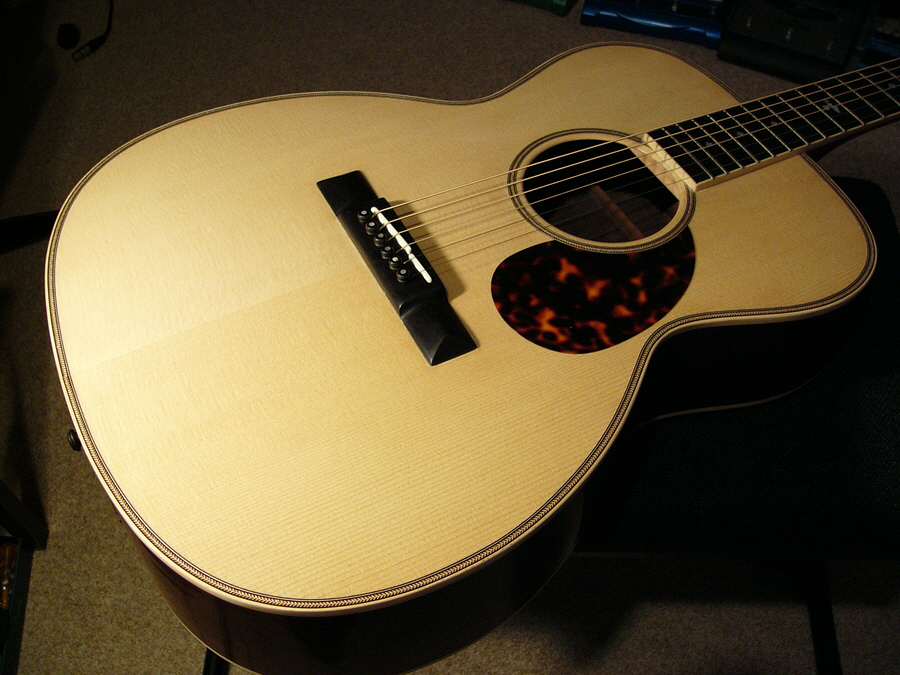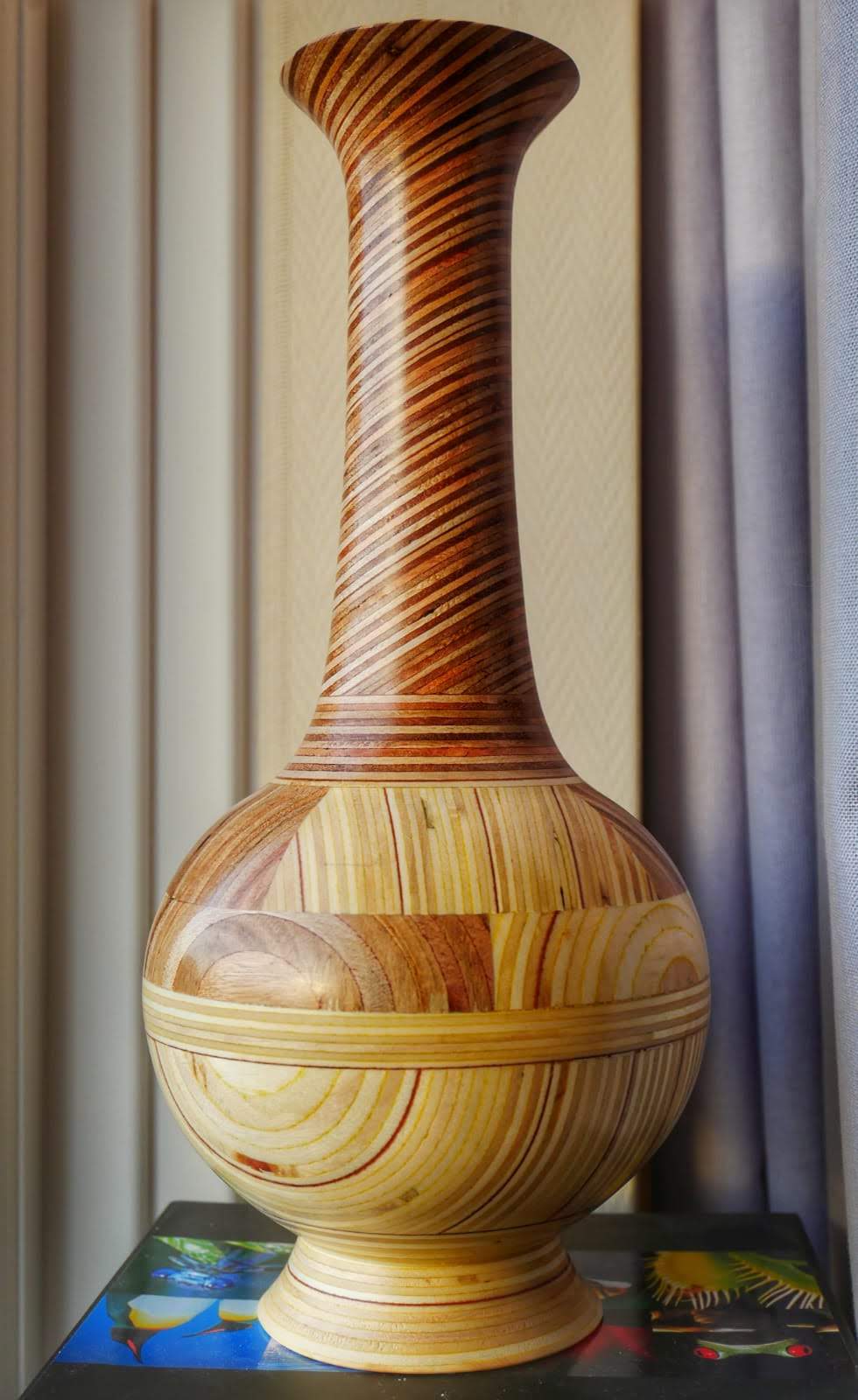Munty Scruntfundle":10auni8z said:
….
If not PVA, which this is, what should I be using? Or what might avoid the issue?
...
Cascamite; It will not give in the joint once cured, it dries brittle hard, although it has a reasonable open time you would have difficulty in separating closed joints after only a few minutes if not seconds at normal room temperatures.
This does have its consequences for closed segment work:-
1. You must ensure that the wood you are using is stable and at a moisture level relevant to its final placement location.
2. Be very aware of the relevant grain direction of mating pieces and whether they will result in excessive opposing grain direction distortion if humidity level changes, and endeavour to mitigate this movement by supporting or confining it with other plies, rings etc.
3. Any failures resulting from getting 2. wrong will lead to either an end grain joint letting go or a longitudinal split through a segment if the side grain joint is stronger than the wood.
Regarding the wood, I'm afraid that Pallet Wood is unlikely to provide you with a very satisfying results unless you are very selective and are prepared to establish a controlled drying regime, I would suggest that using relatively expensive Cascamite with it would be an unnecessary waste.
By all means develop your handling methods and techniques using whatever wood you have to hand but using anything but quality seasoned stock, albeit offcuts, is likely to lead to frustration.
On clamping of the joints, ring the joints together if possible to even out the glue line and expel excess and clamp firmly, no need for knuckle bruising pressure.



































